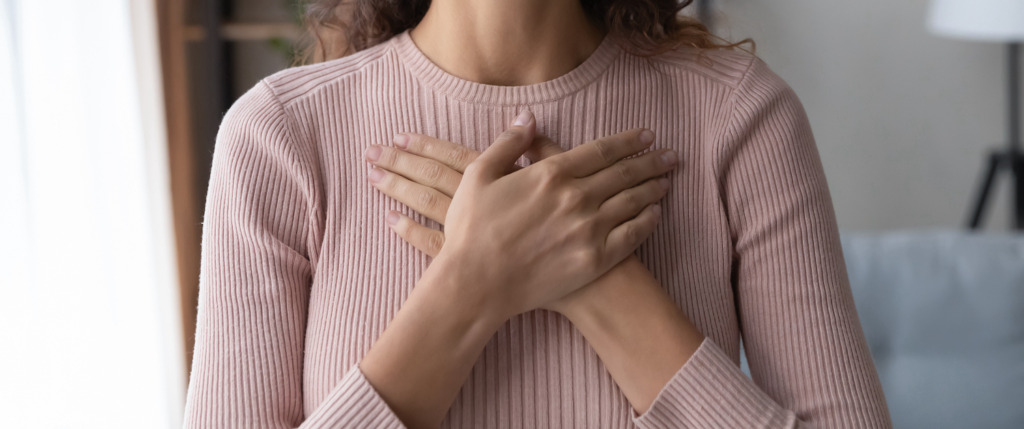When approached to write this piece, I first considered expounding upon my understanding of all the various issues that the consistent life ethic touches on: ending abortion, war, the death penalty, euthanasia, embryo destruction, police brutality, assisted suicide, torture, etc.
Upon reflection, I think that perhaps the most important aspect I can challenge anyone on, whether they come from a “left” or “right” political perspective, reaches further than a cursory evaluation of particular issues of systemic violence.
Instead, I want to ask you to shake up the mental “Etch A Sketch” in your mind, with whatever preconception you might have about the consistent life ethic, and ask yourself one question:
“When I say that I care about human rights, or the right to life, do I actually care about the human being behind those rights, or do I just care about the vague, nebulous idea of human rights?”
It can be easy to stand up for “human rights” as a concept or the “right to life” as an idea. It’s easy enough to go to marches to end abortion or protests to end war and still – at the end of the day – leave some humans out.
It’s easy enough to champion an end to one form of violence under the banner of “choosing the lesser of two evils” while giving cover to another form of violence.
It’s easy enough to stay in our respective political silos (whether red or blue) and throw vulnerable people – immigrants, prenatal humans, disabled people, Black communities, etc. – under the bus for the sake of political expediency.
Both partisan sides refuse to acknowledge or protect the first and foundational right of all human beings: to live free from aggressive violence. When they pick and choose which humans should be protected under the law and which should be excluded from such protections, they engage in a dangerous, often lethal discrimination.
When we consider what it means to authentically care about humans – not just as a concept, but as living beings – then we could no more ask that they be killed by forceps and vacuum suction before birth, nor could we ask that they receive a lethal injection execution on death row.
When we allow violence and discrimination, it isn’t a vague, generic violence against the idea of humans; it is actual harm inflicted against actual, living, unique, unrepeatable, individual human beings who are worthy of a name, who would have a future and have a past.
Just as much as you or I are – simply by the nature of being a human being – worthy of being respected, valued and protected because we share the same inherent dignity as human, so, too, are the embryonic children, the prisoners on death row, the people behind enemy lines, the elders, the disabled people, the prenatal humans, the members of racial minorities, and all others worthy of this same respect, value and protection.
Us activists in the consistent life ethic community recognize that we don’t fit into the political binary. We refuse to be shoved into boxes that would demand we choose between the prisoner on death row or the prenatal child they once were; we care about that human in all stages, in all circumstances. Neither age nor guilt nor ability nor race can change who they are or their inherent value as human.
In our society built upon exclusion and systems of violence, it is a necessity to stand opposed to the cycles that keep us locked into violence and discrimination.
It is necessary to proudly declare (in the words of Feminists for Life) that we refuse to choose when the choice is violence. In kowtowing to this “lesser of two evils” system, we have only allowed violence to become more and more entrenched.
Instead, we must engage in the necessary work of creative nonviolence: to see the dignity of each and every human being and demand better than the violent paradigm we’ve been offered again and again.
This does mean rejecting the legal violence of torture, embryonic stem cell research, the death penalty, abortion, war, euthanasia, police brutality and assisted suicide.
But it also demands so much more: that we see the individuals behind those rights and stand with them in solidarity to build a better world, beyond violence.
In this work, we will have to uproot decades of inculturation into dehumanization, whether it be ageism, ableism, classism, homophobia/transphobia, racism, sexism or other unjust discrimination.
Even when we are done eliminating violence and dehumanization, we still will have the task of accompanying others: to walk in community and ensure that none of our fellow humans go without what they need to survive and thrive: housing, health care, clean food and water, and education.
It’s a big task, I don’t deny it. The idea of consistently caring for all humans might grate against the partisan ideas you’ve been raised with. But Christ didn’t call us to love only some of our neighbors, nor did he die for only some of humanity: We should follow his example.
In the words of Dorothy Day, “The Gospel takes away our right forever to discriminate between the deserving and the undeserving poor.”
Aimee Murphy is the founder of Rehumanize International, a nonpartisan, secular human rights organization, and the author of the new Magenta series book, “Rehumanize: A Vision to Secure Human Rights for All.” Learn more about her work at www.consistentlyaimee.com.

